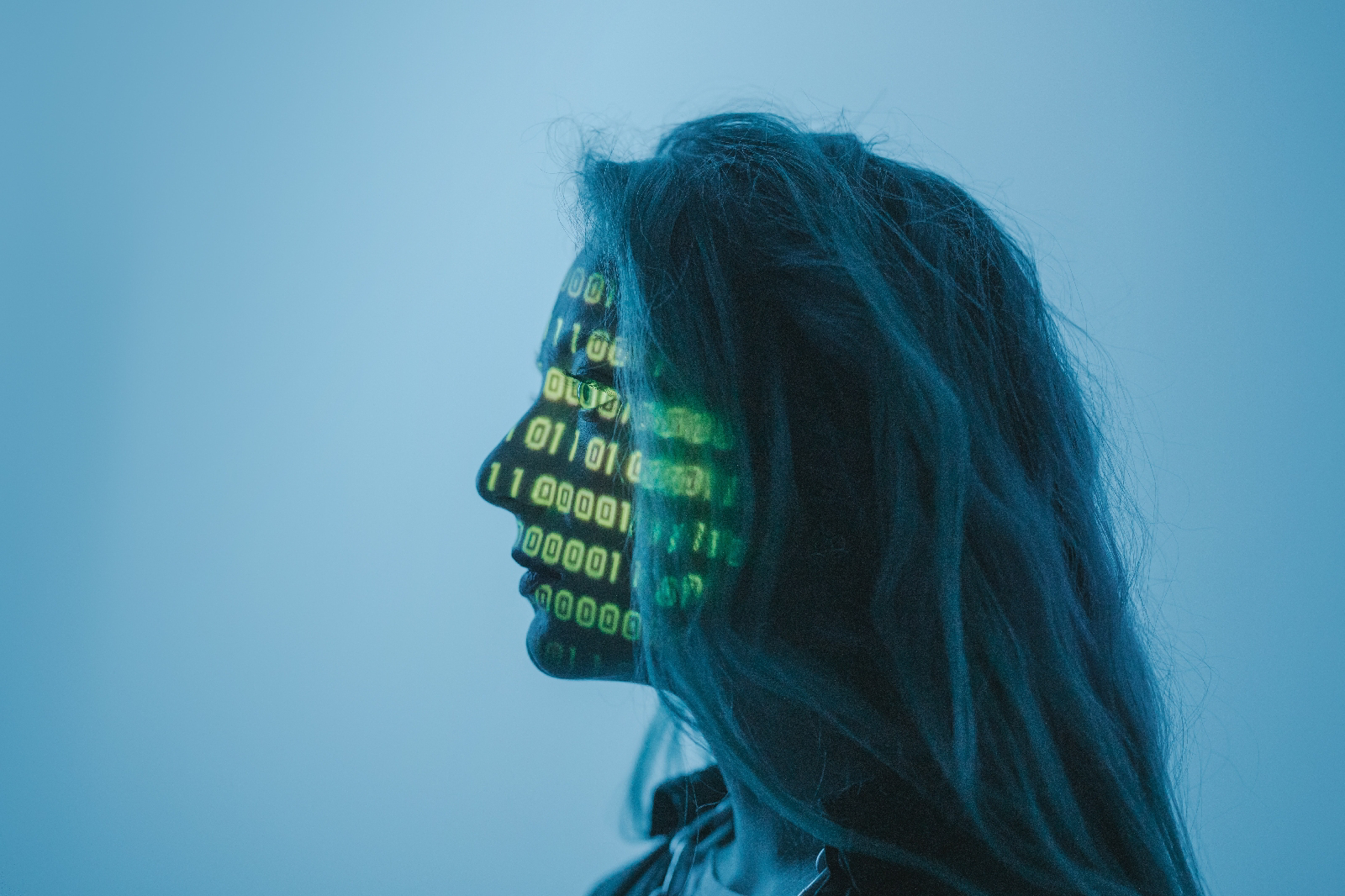Smart Grids and Energy Storage Systems: Powering the Future of Energy In today’s rapidly evolving energy landscape, the push towards sustainability, efficiency, and reliability is stronger than ever. Traditional power grids, though robust in their time, are no longer sufficient to meet the demands of a modern, digital, and environmentally conscious society. This is where smart grids and energy storage systems (ESS) come into play — revolutionizing how electricity is generated, distributed, and consumed. What is a Smart Grid? A smart grid is an advanced electrical network that uses digital communication, automation, and real-time monitoring to optimize the production, delivery, and consumption of electricity. Unlike conventional grids, which operate in a one-way flow (from generation to end-user), smart grids enable a two-way flow of information and energy. Key Features of Smart Grids: Real-time monitoring of power usage and quality. Automated fault detection and rapid restoration. Int...
Introduction
In the realm of artificial intelligence, one field that has made remarkable strides in recent years is computer vision. This cutting-edge technology, which empowers machines to interpret and understand visual information from the world, has opened up a world of possibilities across various industries. In this blog post, we'll delve into computer vision applications, such as facial recognition, object detection, and image segmentation, while exploring the fundamental technology behind it all - Convolutional Neural Networks (CNNs).
Understanding Computer Vision
Computer vision, at its core, is the field of AI dedicated to enabling machines to comprehend the visual world, much like humans do. It equips machines with the capability to perceive, analyze, and make decisions based on visual data. This technology processes images and videos, enabling them to recognize patterns, objects, and even understand context.
Applications of Computer Vision
Facial Recognition:
Facial recognition has emerged as one of the most prominent applications of computer vision. It enables machines to identify and verify individuals based on their facial features. This technology has found its way into various sectors, from unlocking smartphones to enhancing security systems.
Object Detection:
Object detection is pivotal in computer vision, allowing machines to locate and identify objects within images or videos. This application has diverse use cases, ranging from self-driving cars detecting pedestrians and obstacles to inventory management systems counting products on store shelves.
Image Segmentation:
Image segmentation involves dividing an image into meaningful segments or regions. It's widely used in medical imaging to identify and delineate tumors, in autonomous vehicles for lane detection, and even in the entertainment industry for special effects.
Underlying Technologies: Convolutional Neural Networks (CNNs)
CNNs are the cornerstone of modern computer vision. These neural networks are designed to mimic the visual processing of the human brain. They consist of multiple layers of interconnected neurons that process and analyze visual data in a hierarchical manner.
Here's how CNNs work:
Convolutional Layers:
Convolutional layers extract features from an image by applying filters (kernels) to different parts of the input image. These filters detect edges, shapes, and patterns.
Pooling Layers:
Pooling layers reduce the spatial dimensions of the extracted features while preserving their essential information. This makes computation more manageable and helps in recognizing features at different scales.
Fully Connected Layers:
The fully connected layers, often located at the end of the network, interpret the extracted features and make decisions based on them. In the case of object detection or facial recognition, these layers determine the object's identity or location.
Conclusion
Computer vision is revolutionizing industries and applications across the board. From healthcare and autonomous vehicles to security and entertainment, the ability to understand and process visual data is reshaping our world. Convolutional Neural Networks (CNNs) are the driving force behind these advancements, enabling machines to interpret images and videos with remarkable accuracy and efficiency.
As we move forward, we can anticipate even more groundbreaking applications and technological developments in the realm of computer vision, ultimately enhancing our daily lives and industries in ways we can only begin to imagine.
